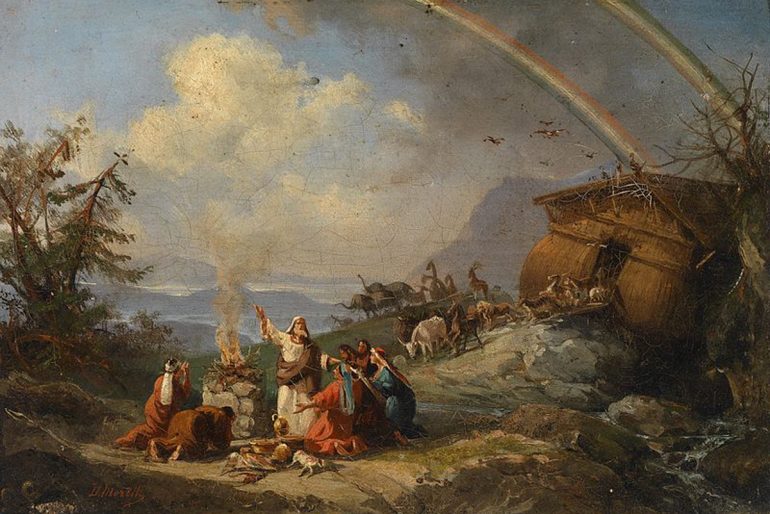By Rabbi Zvi Dershowitz
Editor’s note: The following piece makes continuous reference to the “Epic of Gilgamesh”, an ancient Mesopotamian tale that some historians credit with inspiring the biblical story of Noah.
Was it the Mesopotamian Epic of Gilgamesh, from 2100 BCE, that inspired the Torah story of Noah and the Ark? In the Epic of Gilgamesh, Utnapishtim is saved by the pagan deity Ea from succumbing to a global flood created by his fellow gods, because Ea liked Utnapishtim.
Ancient peoples spread countless tales verbally, including this one. Of course, there was no paper then, nor were there any writing utensils: just memory.
The late biblical scholar Nachum Sarna, in his book Understanding Genesis, refers to the relationship between Noah and Utnapishtim. He even shows quite compellingly how some of the texts parallel each other closely. Other historians also observe this.
So forget what you learned about Noah as a child. By the time that Mesopotamian epic reached our Jewish ears, we had much higher standards. Both Noah and Utnapishtim built arks, saved animals and sent birds to check if the flood is over.
But as I mentioned earlier, the god Ea saved Utnaspishtim because he “liked” him. There were no values, no moral standards, no ethical components at all discussed. However, in the story of Noah, God saved Noah because he was an “Ish tzadik”, a righteous man. The ark and animals were standard tales of the time, evidenced by the existence of “The Epic of Gilgamesh,” but the concept of righteousness listed in the Torah version of the flood was new: It was a dramatically fresh approach to human relationships and a drastically new way to place value on human life and potential.
So this week, when you read the tale of Noah, you need not feel you need to build an ark; rather, absorb the passion to be righteous, decent, and caring for humanity. Decide to include righteousness in your life. Know that you, too, can be a tzadik.

